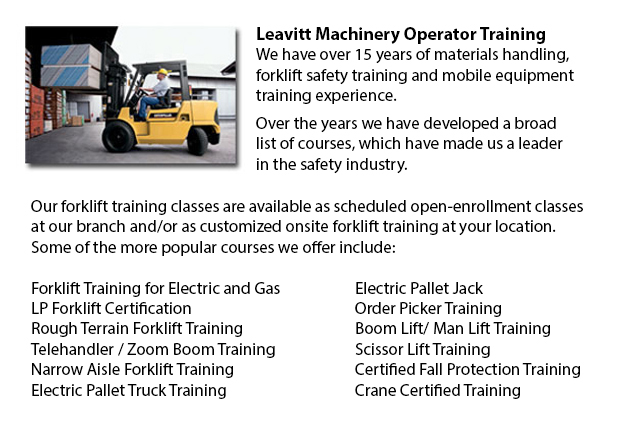
There are in reality two different kinds of lift trucks within the materials handling market, the industrial model and the rough terrain model. Rough terrain lift trucks first came on the market in the 1940's and were primarily used on coarse roads, ideal for places where no covered surfaces were accessible, like building sites and lumberyards.
Rough terrain forklifts generally employ an internal combustion engine with a battery for power. The engines can run on propane, diesel or gasoline. Some makers are playing with rough terrain forklifts that make use of vegetable matter and run from ethanol. Huge pneumatic tires with deep treads characterize these vehicles to allow them to clutch onto the roughest ground type without any misstep or sliding.
A number of of the original versions of rough ground forklifts had the capability to lift in excess of 1000 lbs, by means of forks that could pass under the item, jack it marginally and move it to a different location. After more than ten years on the market, all terrain lift trucks were augmented with added carrying power, increasing the possible load to more than 2000 lbs. Telescoping booms were added in the 1960’s, enabling them to stack supplies a good deal higher than in previous years. The telescoping design feature is a staple of most all terrain forklifts today. Present models are capable of managing well over 4000 lbs thanks to the continual improvements over time. Telescoping ability has also improved with some models attaining a height of 35 feet. Worker safety has also become a focus with several all terrain lift trucks currently developed are equipped with an enclosed cab for the operator, versus the older open air seating capacity.
The rough terrain forklifts existing these days work equally as well on paved floors as on unpaved surfaces. These all terrain forklifts are being marketed for their adaptability permitting establishments to transfer parts from outside the plant to the inside or vice versa.
-
Reach Trucks
Reach Trucks are mechanized equipment used for loading and storage in some establishments that maintain storage of materials to finished goods on a pallet which are then placed into elevated shelving units. This loading device helps firms securely an... More -
Boom Trucks
Boom truck are often utilized by phone, cable television and utilities organizations as they have extended folded arms which are generally folded over the roofs of company vehicles. On the end of the extension of extendable arms usually sits a bucket... More -
Pneumatic Forklifts
Pneumatic lifts are often called pallet vehicles or pump trucks and are widely utilized in warehouses and delivery plants to move resources on pallets. Pneumatic forklifts comprises a pair of metallic blades mounted on a wheeled counterbalance that h... More -
Genie Forklift
Genie Industries prides itself with the theory of lifting clients and materials higher, extending beyond the products they produce. A worldwide corporation that is deeply connected to their consumers and enjoys reflecting the spirit of relationship w... More -
Aerial Lifts
Aerial forklifts might be used to accomplish numerous distinctive tasks executed in hard to reach aerial spaces. A few of the duties associated with this type of jack include performing daily repair on buildings with prominent ceilings, repairing pho... More

Forklift Training Penticton
TOLL FREE: 1-888-254-6157
Penticton, British Columbia
forklifttrainingpenticton.com
Email Us
About Us


